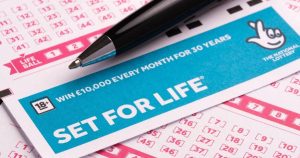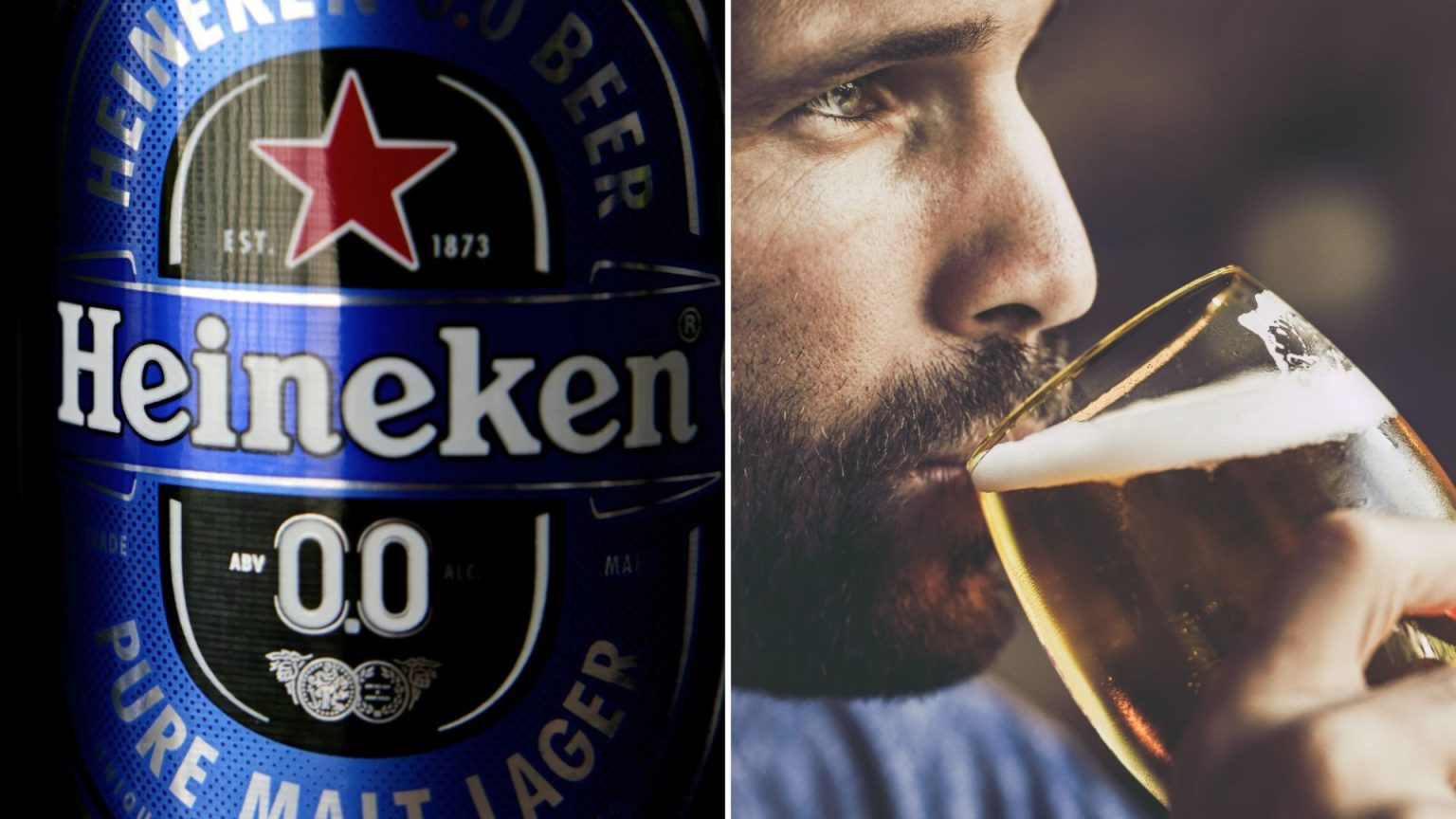The burgeoning market for non-alcoholic beverages in the UK has sparked a debate over pricing, as consumers increasingly question the cost of alcohol-free alternatives, often finding them priced similarly to, or even exceeding, their alcoholic counterparts. This pricing paradox arises despite the absence of alcohol duty, a significant tax levied on alcoholic drinks, which logically should make alcohol-free versions cheaper. Examples abound across supermarkets and pubs: Guinness 0.0 often matches the price of its alcoholic version, Heineken 0.0 trails its alcoholic twin by a mere 50 pence, and premium alcohol-free brands like Lucky Saint surpass the cost of many standard alcoholic beers. This phenomenon extends to pubs, where the price difference between alcoholic and non-alcoholic versions of the same drink can be negligible.
The anomaly of higher prices for alcohol-free drinks raises concerns about potential exploitation of consumer demand for healthier choices. While the overall market for non-alcoholic beverages remains smaller than that of alcoholic drinks, its rapid growth suggests a significant shift in consumer preferences. This shift presents an opportunity for manufacturers to cater to this growing segment, but the current pricing practices raise questions about transparency and fairness. Consumers seeking healthier alternatives arguably should not be penalized with higher prices for opting out of alcohol. Instead, the absence of alcohol duty presents a potential avenue for offering these alternatives at more competitive prices, encouraging healthier choices without a financial burden.
Producers of alcohol-free beverages justify their pricing strategies by highlighting the additional production costs involved. These costs encompass specialized ingredients, extended brewing processes required to achieve desirable flavors without alcohol, and the subsequent removal of alcohol from traditionally brewed beverages. Smaller production runs and batch sizes compared to mainstream alcoholic beverages also contribute to higher unit costs. These arguments underscore the technological and logistical challenges inherent in producing high-quality non-alcoholic drinks that mimic the taste and experience of their alcoholic counterparts.
However, consumer advocates and some industry observers argue that the current pricing models do not adequately reflect the absence of alcohol duty. They contend that even with the additional production costs, the forgone tax savings should translate into lower prices for consumers. The relative parity in pricing between alcoholic and non-alcoholic versions suggests that producers may be capturing the alcohol duty savings as additional profit margin, rather than passing these benefits onto consumers. This practice raises ethical questions about transparency and fair pricing, especially given the increasing consumer demand for healthier and more mindful drinking options.
The debate over the pricing of non-alcoholic beverages highlights the complex interplay between consumer demand, production costs, and market dynamics. While producers emphasize the technological and logistical challenges involved in creating these alternatives, consumers rightfully question the lack of a significant price differential given the absence of alcohol duty. The growth of the non-alcoholic beverage market signals a significant shift in consumer preferences towards healthier choices, and the pricing strategies employed will ultimately determine the accessibility and affordability of these options.
Ultimately, the question remains whether the current pricing practices are sustainable in the long run. As the market matures and competition intensifies, producers may be forced to re-evaluate their pricing strategies to remain competitive. Greater transparency regarding production costs and the impact of forgone alcohol duty would enhance consumer trust and facilitate informed choices. In a market increasingly focused on health and wellness, offering truly affordable alcohol-free alternatives could significantly impact public health and consumer behavior.




